1. Cherry JD. Clinical practice. Croup. N Engl J Med. 2008; 358(4):384–391. PMID:
18216359.
2. Petrocheilou A, Tanou K, Kalampouka E, Malakasioti G, Giannios C, Kaditis AG. Viral croup: diagnosis and a treatment algorithm. Pediatr Pulmonol. 2014; 49(5):421–429. PMID:
24596395.
3. Bjornson CL, Johnson DW. Croup. Lancet. 2008; 371(9609):329–339. PMID:
18295000.
4. Denny FW, Murphy TF, Clyde WA Jr, Collier AM, Henderson FW, Senior RS, et al. Croup: an 11-year study in a pediatric practice. Pediatrics. 1983; 71(6):871–876. PMID:
6304611.
5. Kim KR, Park H, Kim DR, Kim YJ. Changes in epidemiology of parainfluenza virus and respiratory syncytial virus infection during coronavirus disease 2019 pandemic in Korea. Clin Exp Pediatr. 2022; 65(6):320–321. PMID:
35287257.
6. Segal AO, Crighton EJ, Moineddin R, Mamdani M, Upshur RE. Croup hospitalizations in Ontario: a 14-year time-series analysis. Pediatrics. 2005; 116(1):51–55. PMID:
15995030.
7. Marx A, Török TJ, Holman RC, Clarke MJ, Anderson LJ. Pediatric hospitalizations for croup (laryngotracheobronchitis): biennial increases associated with human parainfluenza virus 1 epidemics. J Infect Dis. 1997; 176(6):1423–1427. PMID:
9395350.
8. Rosychuk RJ, Klassen TP, Voaklander DC, Senthilselvan A, Rowe BH. Seasonality patterns in croup presentations to emergency departments in Alberta, Canada: a time series analysis. Pediatr Emerg Care. 2011; 27(4):256–260. PMID:
21490537.
9. Rihkanen H, Rönkkö E, Nieminen T, Komsi KL, Räty R, Saxen H, et al. Respiratory viruses in laryngeal croup of young children. J Pediatr. 2008; 152(5):661–665. PMID:
18410770.
10. Lee YJ, Kim HB, Kim BS, Kim CK, Kim CH, Kim HY, et al. Seasonal patterns and etiologies of croup in children during the period 2010–2015: a multicenter retrospective study. Allergy Asthma Respir Dis. 2019; 7(2):78–85.
11. Doull I. Corticosteroids in the management of croup. BMJ. 1995; 311(7015):1244. PMID:
7496221.
12. Bjornson C, Russell KF, Vandermeer B, Durec T, Klassen TP, Johnson DW. Nebulized epinephrine for croup in children. Cochrane Database Syst Rev. 2011; (2):CD006619. PMID:
21328284.
13. Lee J, Lee JS, Park SH, Shin SA, Kim K. Cohort profile: the National Health Insurance Service-National Sample Cohort (NHIS-NSC), South Korea. Int J Epidemiol. 2017; 46(2):e15. PMID:
26822938.
14. Kim JH, Lee JE, Shim SM, Ha EK, Yon DK, Kim OH, et al. Cohort profile: national investigation of birth cohort in Korea study 2008 (NICKs-2008). Clin Exp Pediatr. 2021; 64(9):480–488. PMID:
33445832.
15. Kim OH, Lee SW, Ha EK, Kim JH, Jo YH, Rhie S, et al. Neurodevelopmental outcomes and comorbidities of children with congenital muscular torticollis: evaluation using the National Health Screening Program for Infants and Children database. Clin Exp Pediatr. 2022; 65(6):312–319. PMID:
34886594.
16. Naing NN. Easy way to learn standardization: direct and indirect methods. Malays J Med Sci. 2000; 7(1):10–15. PMID:
22844209.
17. Rosychuk RJ, Klassen TP, Metes D, Voaklander DC, Senthilselvan A, Rowe BH. Croup presentations to emergency departments in Alberta, Canada: a large population-based study. Pediatr Pulmonol. 2010; 45(1):83–91. PMID:
19953656.
18. Hanna J, Brauer PR, Morse E, Berson E, Mehra S. Epidemiological analysis of croup in the emergency department using two national datasets. Int J Pediatr Otorhinolaryngol. 2019; 126:109641. PMID:
31442871.
19. Lee SJ, Lee SH, Ha EK, Sheen YH, Sung MS, Jung YH, et al. Prevalence of respiratory virus infection with regard to age, sex, and seasonality factors: a single center experience against children hospitalized during the 10 years. Allergy Asthma Respir Dis. 2017; 5(6):320–325.
20. Ham H, Jang J, Choi S, Oh S, Jo S, Choi S, et al. Epidemiological characterization of respiratory viruses detected from acute respiratory patients in Seoul. Ann Clin Microbiol. 2013; 16(4):188–195.
21. Lee H, Lee CK, Nam MH, Roh KH, Yoon SY, Lim CS, et al. Epidemiologic features of parainfluenza virus type 1, 2 and 3 infection in Seoul and a neighboring area, 2008-2011. Korean J Clin Microbiol. 2012; 15(2):54–59.
22. Lee SJ, Lee SH, Ha EK, Sheen YH, Sung MS, Jung YH, et al. Prevalence of respiratory virus infection with regard to age, sex, and seasonality factors: a single center experience against children hospitalized during the 10 years. Allergy Asthma Respir Dis. 2017; 5(6):320–325.
23. Kim SH, Huh JH, Bae SY, Kim JS, Yoon SY, Lim CS, et al. Epidemiology of respiratory viral infection in 2004-2006. Korean J Lab Med. 2006; 26(5):351–357. PMID:
18156750.
24. Seo JJ, Kim MJ, Kim SH, Kee HY, Chung JK, Kim E, et al. Characterization of respiratory viral infection in children in Gwangju. Infect Chemother. 2008; 40(4):218–229.
25. Bass JW, Bruhn FW, Merritt WT. Corticosteroids and racemic epinephrine with IPPB in the treatment of croup. J Pediatr. 1980; 96(1):173–174. PMID:
6985659.
26. Koren G, Frand M, Barzilay Z, MacLeod SM. Corticosteroid treatment of laryngotracheitis v spasmodic croup in children. Am J Dis Child. 1983; 137(10):941–944. PMID:
6688500.
27. Yates RW, Doull IJ. A risk-benefit assessment of corticosteroids in the management of croup. Drug Saf. 1997; 16(1):48–55. PMID:
9010642.
28. Connors K, Gavula D, Terndrup T. The use of corticosteroids in croup: a survey. Pediatr Emerg Care. 1994; 10(4):197–199. PMID:
7937294.
29. Geelhoed GC, Macdonald WB. Oral and inhaled steroids in croup: a randomized, placebo-controlled trial. Pediatr Pulmonol. 1995; 20(6):355–361. PMID:
8649914.
30. Westley CR, Cotton EK, Brooks JG. Nebulized racemic epinephrine by IPPB for the treatment of croup: a double-blind study. Am J Dis Child. 1978; 132(5):484–487. PMID:
347921.
31. Taussig LM, Castro O, Beaudry PH, Fox WW, Bureau M. Treatment of laryngotracheobronchitis (croup). Use of intermittent positive-pressure breathing and racemic epinephrine. Am J Dis Child. 1975; 129(7):790–793. PMID:
1096594.
32. Brown JC. The management of croup. Br Med Bull. 2002; 61(1):189–202. PMID:
11997306.
33. Johnson D. Croup. Clin Evid. 2005; (14):310–327. PMID:
16620410.
34. Kaditis AG, Wald ER. Viral croup: current diagnosis and treatment. Pediatr Infect Dis J. 1998; 17(9):827–834. PMID:
9779773.
35. Klassen TP. Croup. A current perspective. Pediatr Clin North Am. 1999; 46(6):1167–1178. PMID:
10629679.
36. Tyler A, McLeod L, Beaty B, Juarez-Colunga E, Birkholz M, Hyman D, et al. Variation in inpatient croup management and outcomes. Pediatrics. 2017; 139(4):e20163582. PMID:
28292873.
37. Choi YY, Kim YS, Lee SY, Sim J, Choe YJ, Han MS. Croup as a manifestation of SARS-CoV-2 omicron variant infection in young children. J Korean Med Sci. 2022; 37(20):e140. PMID:
35607737.
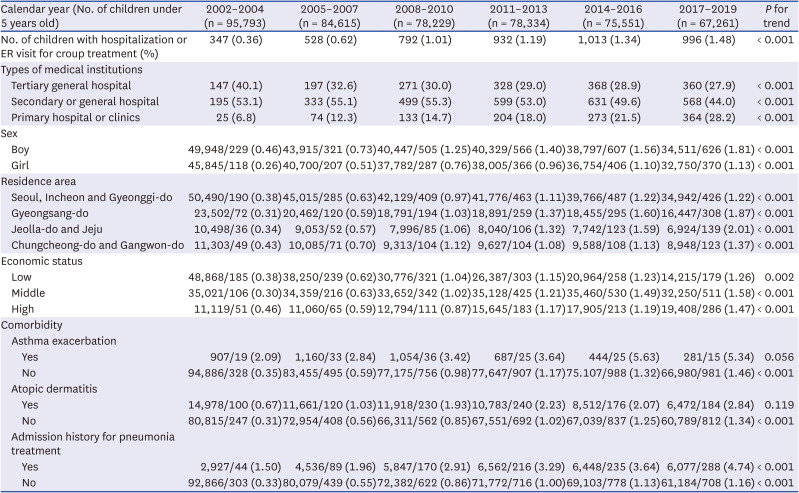
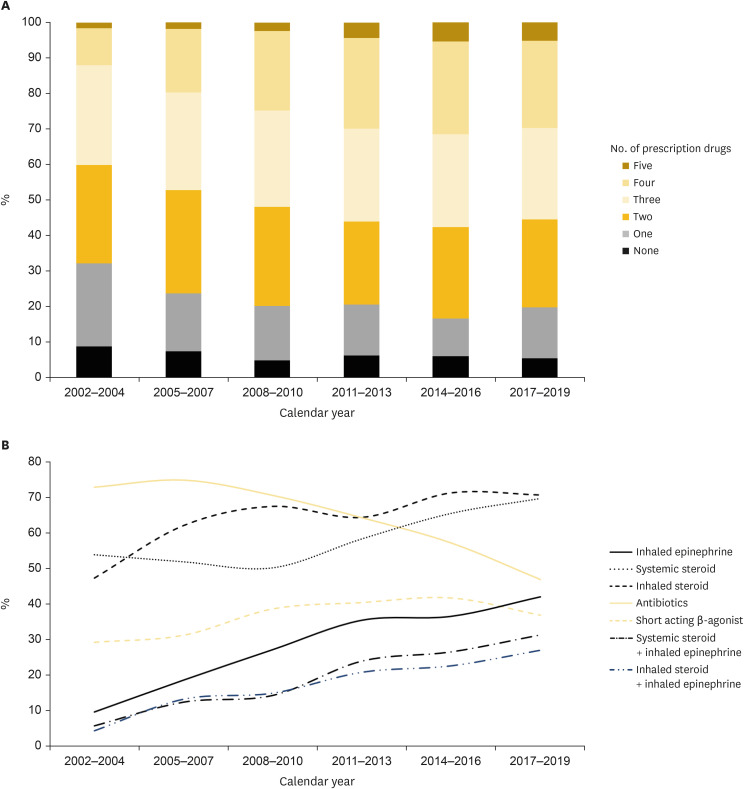

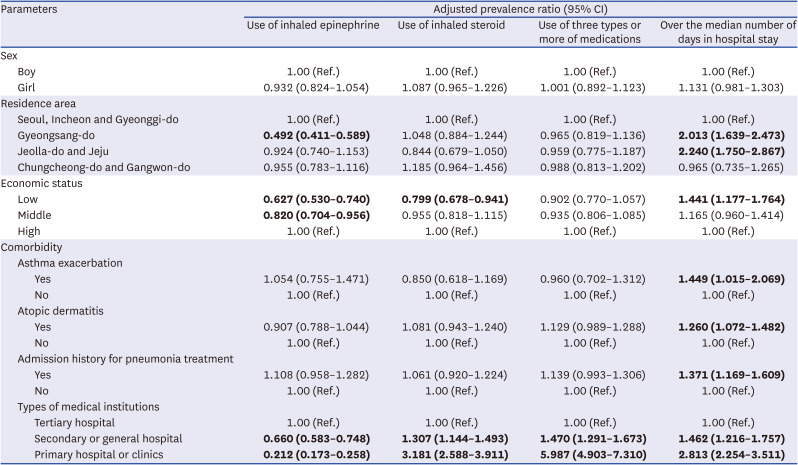




 PDF
PDF Citation
Citation Print
Print



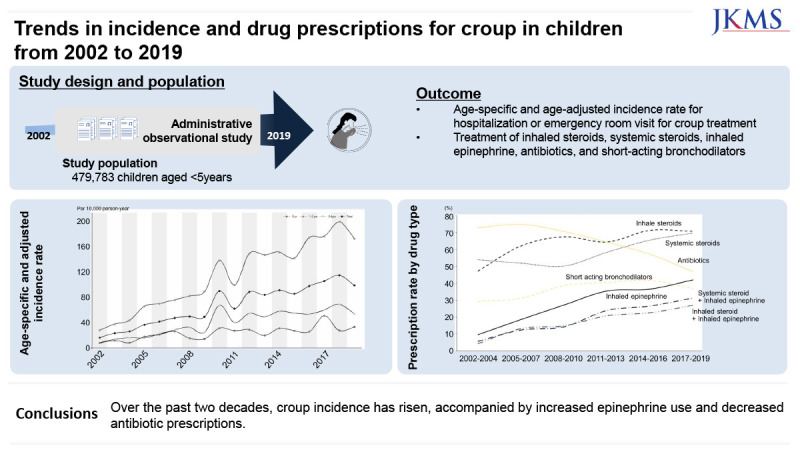
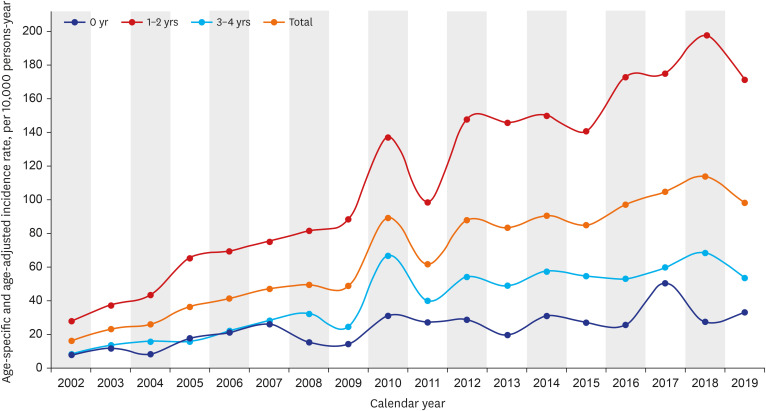
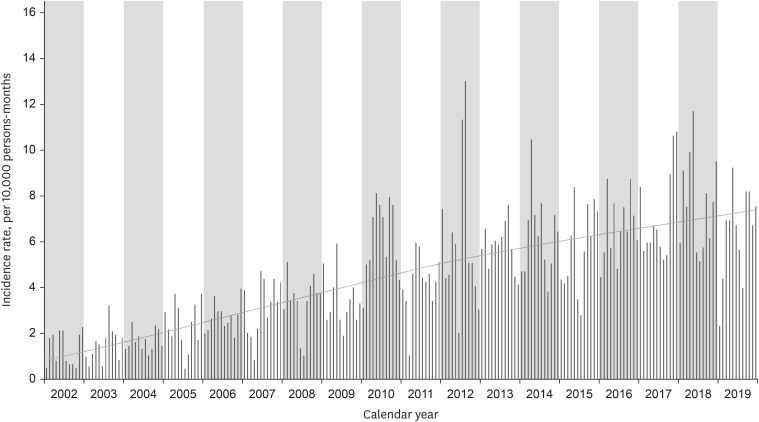
 XML Download
XML Download